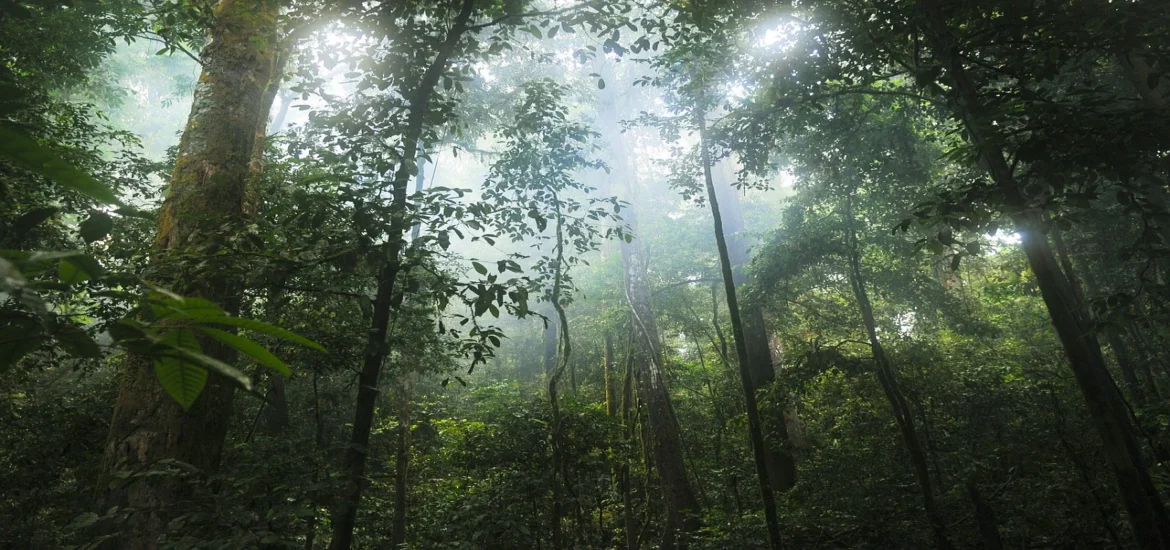Large-scale tree planting won’t be enough to avoid climate disaster, but it can play a role in mitigating effects.
Across vast swathes of the tropics from Southeast Asia to Africa forests have been felled in recent decades, but at least in some areas reforestation efforts are expected to be underway in coming years to restore biodiversity and create potent new carbon sinks.
It remains to be seen, however, if these newly planted forests will manage to survive in the face of a changing climate, which will bring more intense heat, prolonged droughts, and occasional wildfires.
To find out, scientists from Department of Earth Sciences at the University of Hong Kong decided to run hundreds of computer simulations exploring various outcomes with variables such as different vegetation models and climate scenarios.
The key aim of the research was to see if carbon stored in these regrown forests would remain locked up in vegetation, and the scientists have found that this will likely be the case even under the most severe climate scenarios.
In addition, the researchers examined scenarios where only half of the available land is restored and sites are selected either because of the low cost of land or the high potential for carbon storage, or both.
Finding this out can be of use, they explain, because it will be important to restore forests based on certain priorities. For instance, restoring forests in areas where climate change impacts will be less severe could help ensure the long-term viability of these forests.
What the scientists have found that the regrown forests should be able to survive until the end of the century and continue to store extra carbon from the atmosphere in the process.
“Our computer simulations demonstrate that in many parts of the tropics, including the natural areas of Hong Kong and southern China, restoring degraded landscapes is worth it because these new forests will continue to accumulate carbon until the end of the century,” explains Jed Kaplan, an associate professor at the university’s Department of Earth Sciences and the Institute for Climate and Carbon Neutrality who was an author of a new study on the findings.
However, the role of newly planted forests as a carbon sink in the tropics will have only a limited effect in mitigating climate change, especially because many existing forests in the tropics will struggle in the face of rising temperatures and are already losing their capacity for carbon storage.
“Large-scale tree planting won’t be enough to avoid climate disaster, but it can play a role. And if done with biodiversity and the people who call these forests a home in mind, forest restoration can have multiple benefits,” says Alexander Koch, who was a postdoctoral fellow at the university’s Department of Earth Sciences and the other author of the paper.
“So far we have only been able to look at carbon, but other aspects such as biodiversity in restored forests is also impacted by climate change. Assessing those impacts will be the next step,” he adds.
This story first appeared on Sustainability Times
© 2022 Sustainability Times.
This article is licensed under a Creative Commons Attribution-ShareAlike 4.0 SA International License.












